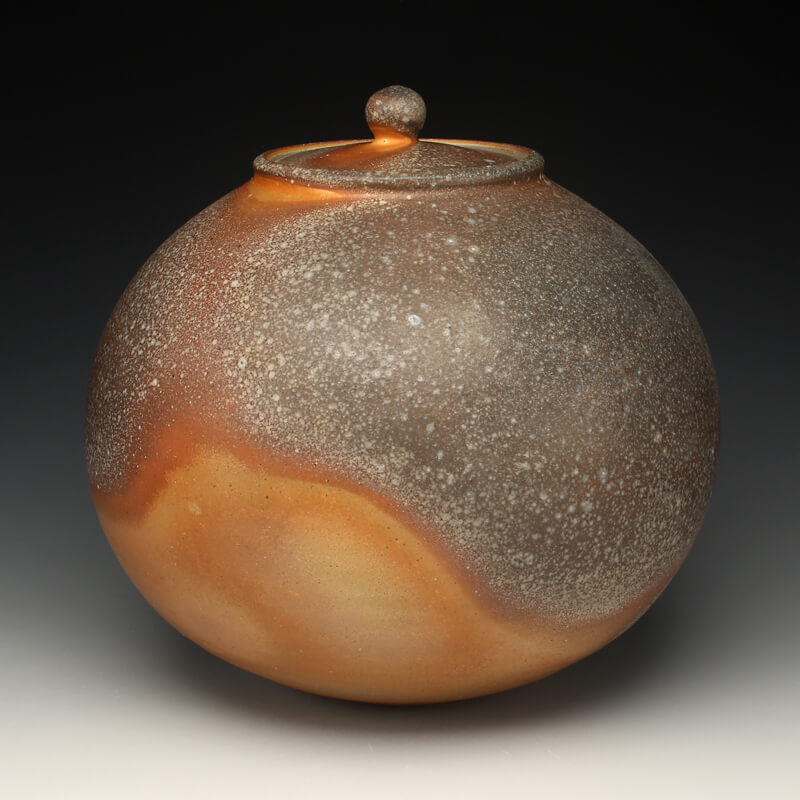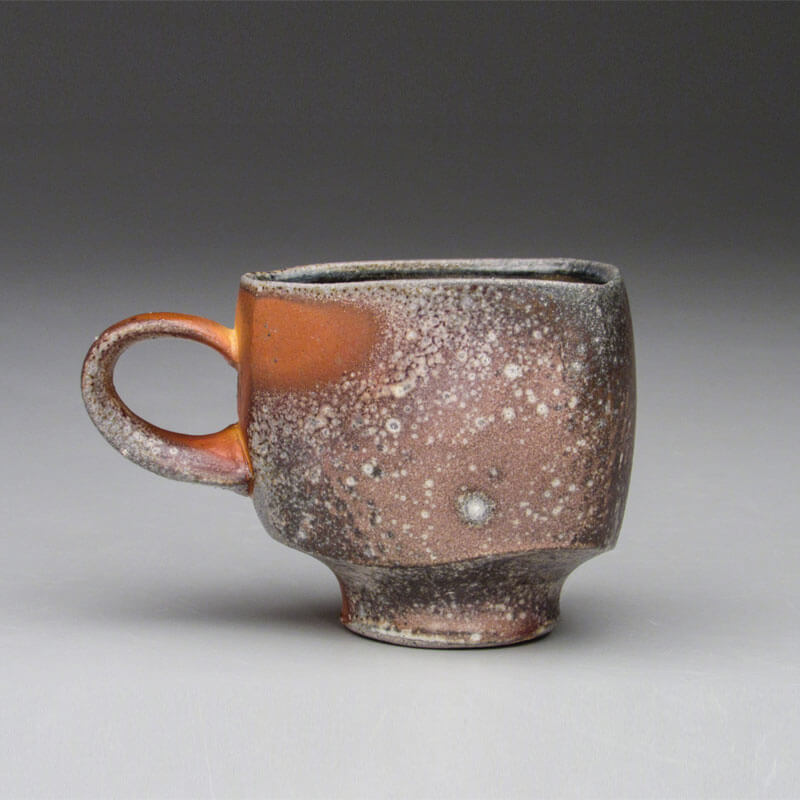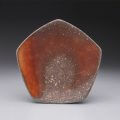
Stuart Gair grew up in Northeast Ohio where his interests in local materials, historiography and the ceramic process first began. He often references past cultures and civilizations in his work as a way to understand specific groups through the objects they created. Gairs recent research has focused on alternative ways to firing soda kilns, a process that was developed in the 1980s as an alternative to traditional salt firing techniques. This approach of adding sodium bicarbonate to the kiln yields a greater range of color in the clays surface and has a lower carbon footprint than salt.
Gair received an MFA in Ceramics from The University of Nebraska and a BAS in History from Ohio University. He has also spent time teaching at Harvard University and Colorado Mountain College and was a long-term resident at the Archie Bray Foundation. He has a studio in Canaanville, Ohio where he has been experimenting with local clays and exploring the ceramic history of the region. He is the co-founder of Canaanville Arts Center, a gallery and artist residency that is focused on bringing nationally and internationally recognized artists to the area as well as highlighting artists and craftsman from the Appalachian region working in traditional methods.
Gair is currently an Assistant Professor of Instruction at Ohio University.
The functional vessels I make are for use and display. It is of the upmost importance that each piece has a duality of utilitarian purpose and serves as an object of beauty and intrigue when not in use. Formal considerations are a result of an in depth exploration of historical objects from Japan, China, and Korea as well as mid twentieth century Scandinavian, American, and British forms. I draw comparisons from these pieces to one another and to everyday objects that surround me. I evaluate the attributes I am drawn to and incorporate them into my work. Particular attention is given to silhouette, curve, lightness, balance, volume, proportion, substantiality, and how objects sit on a surface. It is these attributes that result in a piece that demands presence in an environment.
Display is a prominent factor in the work. Each piece is intended to live in the open for everyday enjoyment and contemplation and not to be stored in a dark place. The pots stand alone when not in use and enhance food or flowers when the two are in unison. I have an admiration for the mid century design aesthetic of purity of form, attention to detail, refined craftsmanship, and domestic room configuration. A vessel can completely change the landscape of a space when its proportions are exact, form and surface are in harmony, and has meticulous placement. The piece can be both a centerpiece to its space and also speak quietly to its viewer.
In order to create a sense of depth in the work I layer texture and color. Additionally, a firing process is used to accentuate particular areas of each piece and encourage its viewer to explore and discover. I respond to particular hues of gray, maroon, and navy that I encounter in the natural landscape, which exude a sense of calmness within me. By using these colors in subtle ways, I strive to create a similar quiet moment when interaction takes place with the vessel. The textures themselves are not only a way to create depth but also reflect my interest in particular lines in nature such as tilled rows on farmed land that meander around hills, lakes, and tree lines and accentuate the topography of the land. Similarly, how the erosion of rock highlights the path of wind and water to create countless formations and patterns that make me stop and look.
The manner in which I view the world around me and study the history of ceramics contribute to an evolving aesthetic in which I respond to my interests and environment through the pots I make. I find it deeply satisfying to live a life in which there is a reciprocal relationship between what I make and how I observe the world around me.








